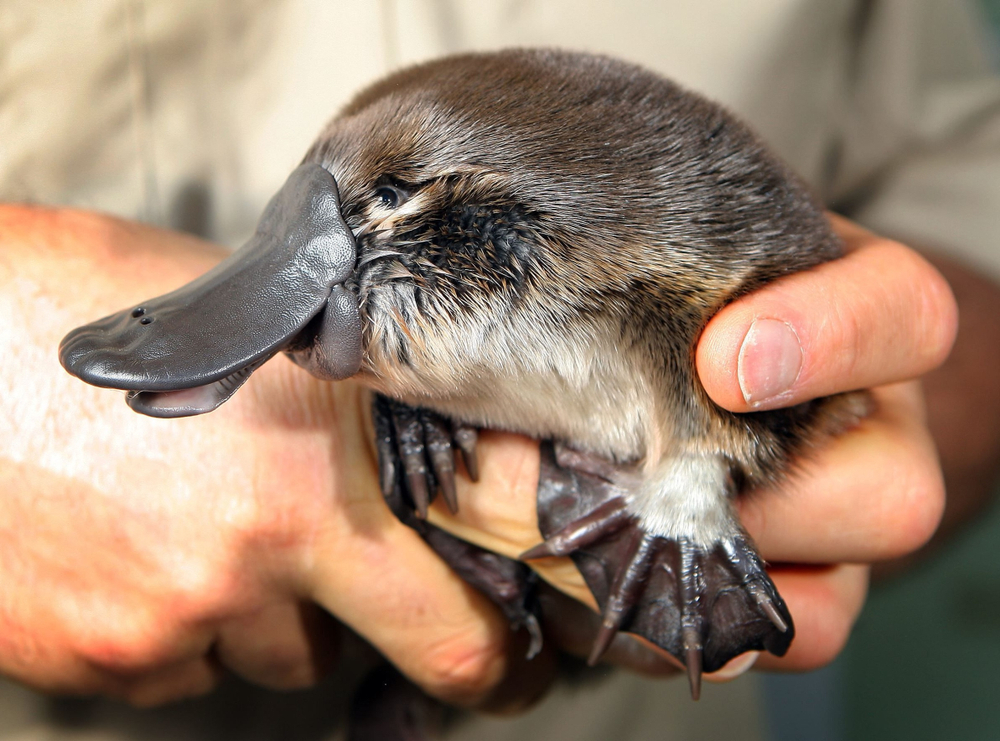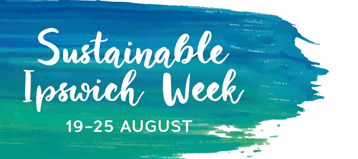It’s dawn in the middle of winter and you’re sitting still beside the murky water of a small creek.
You hear a plop and see some ripples in the water – maybe it was a platypus? Or maybe it was a water dragon or water rat. It’s hard to tell.
Until recently labour-intensive surveys involving multiple volunteers sitting by small creeks were the usual way of recording sightings of the elusive platypus.
Now science has made it as simple as a water test to uncover vital information.
Ipswich City Council and Wildlife Queensland have partnered to build a picture of our local platypus population using environmental DNA surveys since 2016.
Water samples are taken at locations with anecdotal platypus sightings or known good habitat. The efficient technology allows a number of waterways to be tested each year – in 2019 there were 25 sites across the region sampled within two days.
Those samples are sent to lab in Melbourne that has coded platypus DNA. Analysing the water determines if platypus DNA is present. The genetic information is often shed through biological material such as skin or fluid.
A positive result is a strong confirmation that a platypus has been there recently.
Platypus have been sighted at Kholo Gardens, Kholo Bridge, Woogaroo Creek, Opossum Creek, Bundamba Creek and Six Mile Creek with DNA also found at Sandy Creek in Camira.
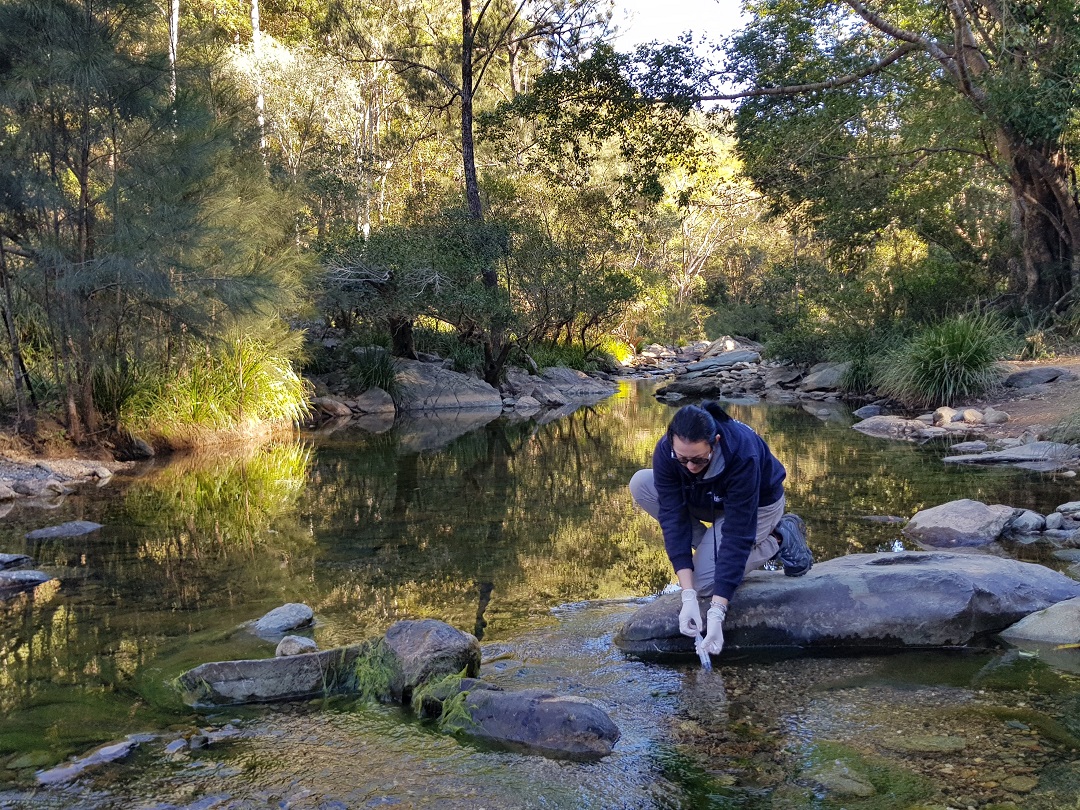
Wildlife Preservation Society of Queensland’s Tamielle Brunt takes a DNA sample. Image courtesy: Wildlife Queensland
Wildlife Queensland project manager Matt Cecil said there had been some surprises in the research findings and still more for us to learn and understand.
“(On) Goodna Creek and the Bremer River there are lovely spots with water flowing and beautiful habitat, yet there are no platypus there,” he said.
“Where we are seeing them, we wouldn’t consider those to be excellent conditions – low water flow, degraded by weeds.”
Mr Cecil said the pattern of positive results over the four years of surveys showed the current Ipswich platypus population was small and vulnerable, probably transient, and their creeks low on water.
“The challenges are not just in Ipswich alone – there are times that areas are in drought,” he said.
“Our land use changes over time compound the impact of drought. If we have a heavy storm it leaves sediment that clogs up waterways and in dry times it forms a barrier.
“Platypus are exposed to predators, like foxes, wild dogs and cats, if they are out of the water and having to move between pools.”
Mr Cecil said that caring for our waterways also benefits platypus, such as limiting chemicals and rubbish pollution, removing weeds and preventing sediment.
The platypus was identified as a priority species in Council’s Nature Conservation Strategy 2015.
This DNA data will help Council make informed decisions about future conservation strategies to improve platypus populations in our region.
If you spot a platypus report it to [email protected]
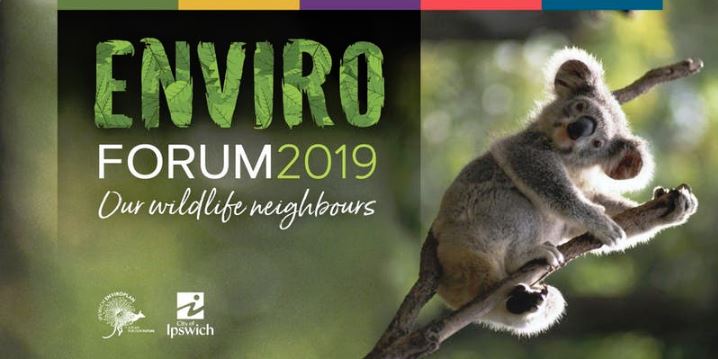
Find out more:
Ipswich EnviroForum is on Thursday, 22 August at the Ipswich Civic Centre.
Experts from Wildlife Queensland and Ipswich City Council will present on their platypus discoveries in Ipswich using DNA research.
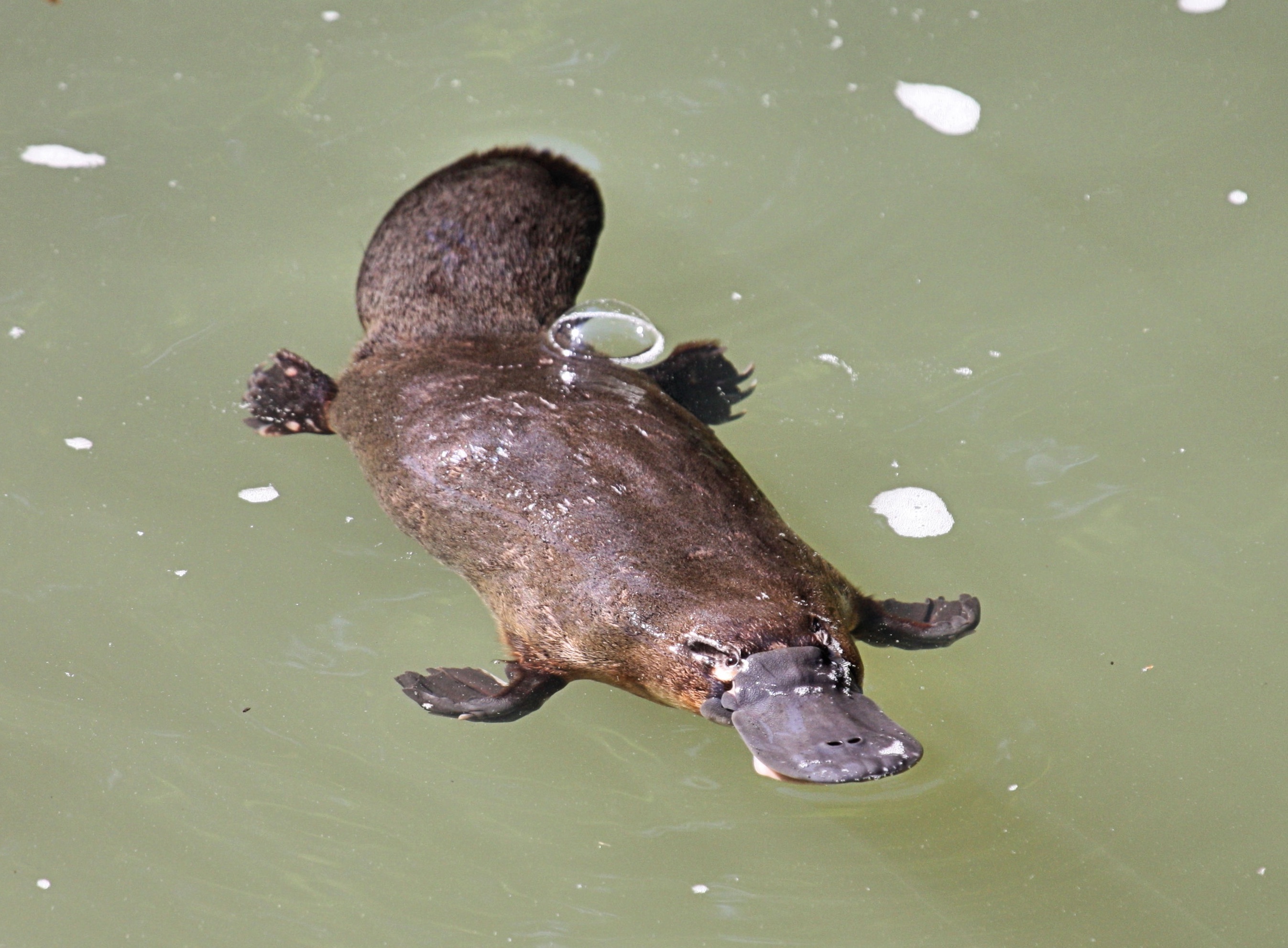
Platypus facts
Ornithorhynchus anatinus
They are one of only three remaining monotromes, meaning that mothers lay eggs like a reptile but feed their young milk like a mammal.
Their large, soft and highly electro-sensitive bill allows them to forage for food along the bottom of the river bed.
Male platypus have a sharp spur on each hind foot which releases venom during defence.
Platypus build a simple burrow just above water level, often among matted tree debris and roots.

